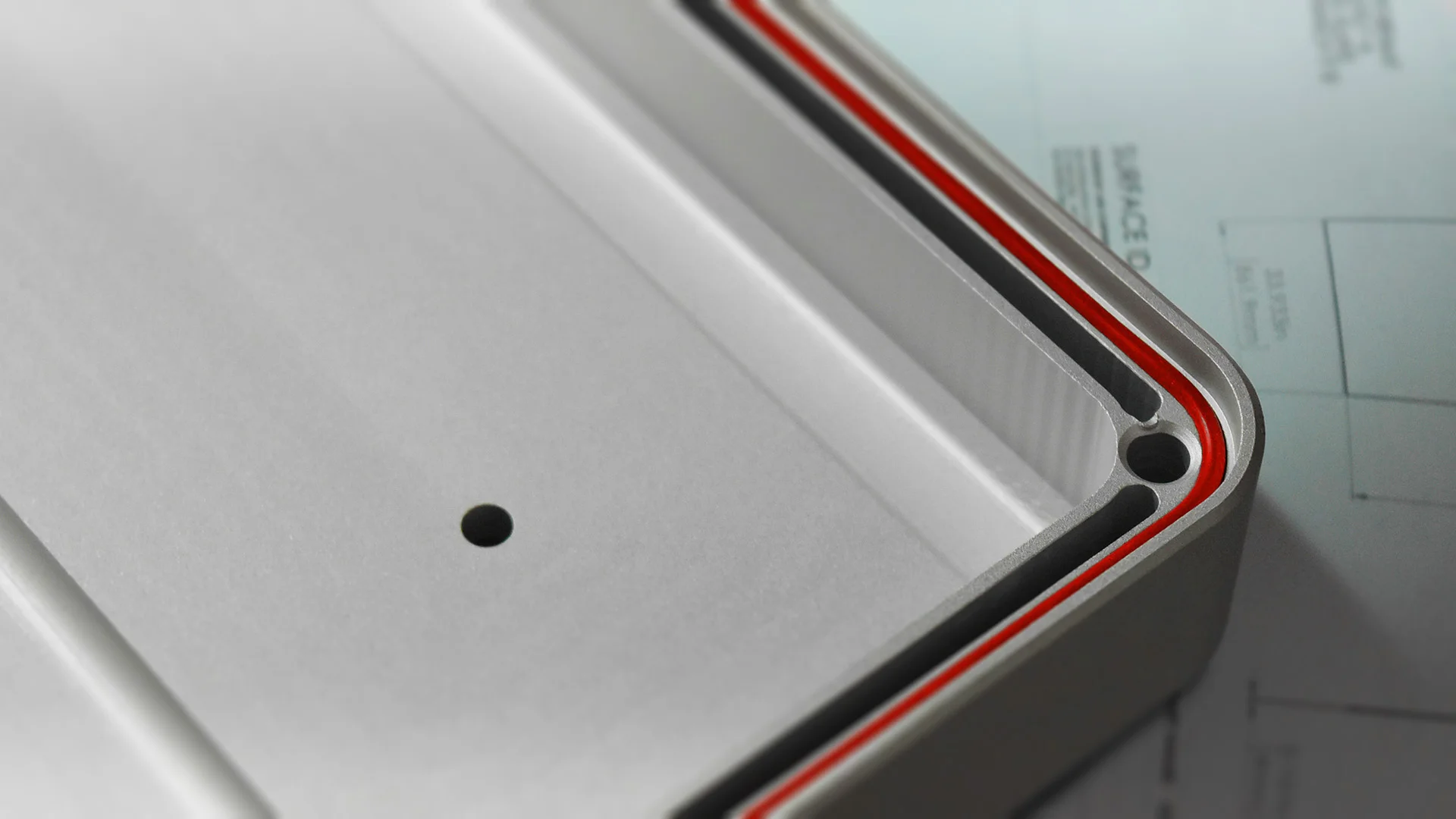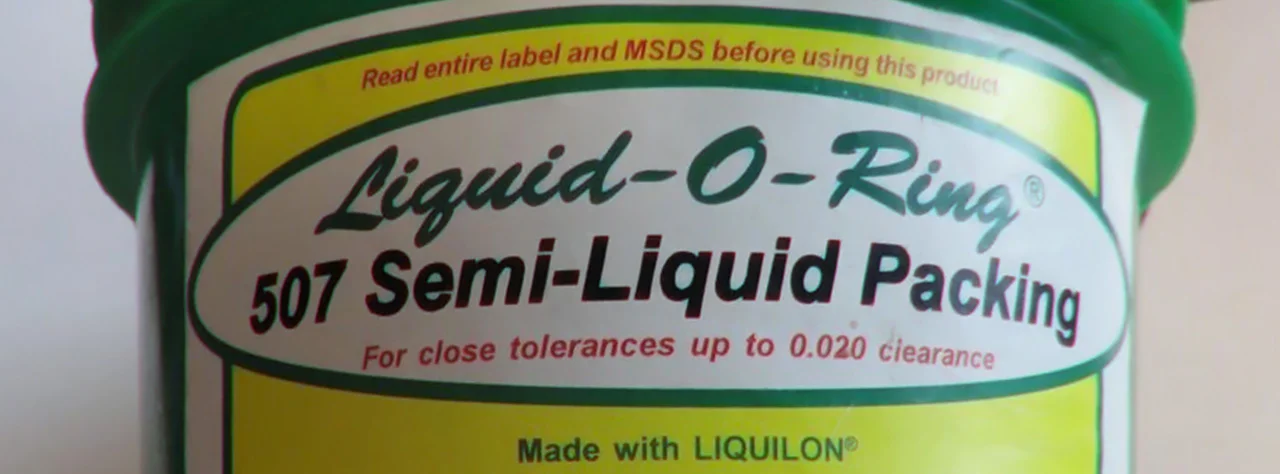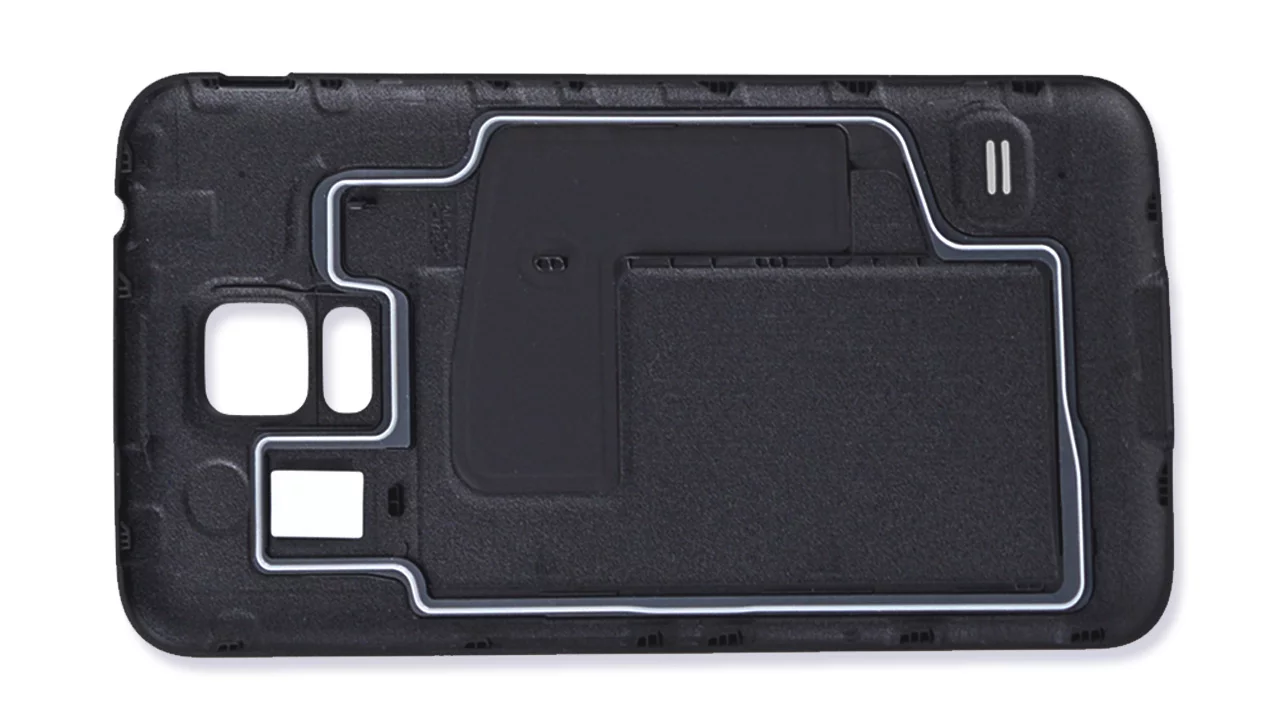When it comes to choosing the right seal types for a product, there are a few critical questions that should first be answered to avoid malfunctions. Depending on the particular seal’s application, an incorrectly chosen seal can result in poor performing products, costly defects and even serious injuries.
What is the seal’s application? What temperature will the seal be exposed to? What chemicals will the seal be exposed to? What weather conditions with the seal be functioning in? Must the seal be compliant with any standards? The answers to these questions will help determine the right seal type and material needed.
Beginning with the O-ring, this guide will take you through the most common seal types considered by industrial designers and engineers when designing a new product.
1. Sealing with O-rings
One of the most common seal types is the O-ring. An O-ring can also be referred to as a packing or a toric joint. The O-ring is designed to fit into a groove in a surface to create a seal. Not only are they reliable and simple to install, but they are also quite inexpensive. This makes them a good choice for both static and dynamic applications.

O-rings can be made out of a number of materials which for the most part can be organized into two categories: synthetic rubbers (thermosets) and thermoplastics. There are two ways that an O-ring’s size can be determined. The cord itself can be produced at a desired length during manufacturing, or it can be purchased coiled in bulk, and then cut and fused prior to application. The latter method, although sufficient for certain projects, is the less reliable of the two as the fused or glued cross-section becomes a weak point and may fail.
O-rings in practice:
At SurfaceID, we recently used hollow O-rings in order to seal glass casings that were placed over screens in several U.S. metropolitan subway stations. The O-ring tubing was placed inside of a ridge along the inside of the frame, which locks out moisture and allows the casings to be power-washed during cleaning. In fact, with the O-rings effectively in place, absolutely no moisture or dust could penetrate the glass casings.

Types of O-rings:
- Flexible O-ring: The flexible O-ring can either be hollow or solid, and allows for compression and deflection. The force required to compress the O-ring can be customized by increasing or decreasing the thickness of a hollow O-ring’s wall. An advantage to using a flexible O-ring is that it will retain its seal without requiring lubricant or adhesive. This type is best suited for fitting into pre-existing grooves without needing to custom-design a solid O-ring or over molded seal.
- Liquid O-ring: Liquid O-ring is a synthetic lubricant and sealant. A common application is on pipe threads to ensure a waterproof seal. Liquid O-ring is applied to both female and male threads for a smooth connection. Liquid O-ring can also aid in sealing damaged or corroded threads.

Interesting fact: the 1986 Challenger disaster has been determined to have been caused by O-ring failure. The extreme low temperatures caused the O-ring to lose pliability and become brittle. NASA later redesigned their joint design, using three O-rings instead of two, and onboard heaters. There have not been any reported O-ring issues since!
Manufacturing O-rings:
O-rings can be manufactured using a number of processes: extrusion and pressure or transfer molding.
Extrusion is the creation of an object by pushing it through a die in the shape of the object’s desired cross-section. For example, an O-ring’s cross section will resemble an “O” shape. This will allow for the production of a hollow piece of tubing. Extrusion can only be used when creating objects with a cross-section that is consistent, as only the object’s length can be adjusted. This method is similar to how Play-Doh is pushed out of plastic molds.
Pressure and transfer molding are processes of forcing a material into mold cavities. Pressure molding involves closing a mold over top of a heated material to press it into contact with all of a mold’s surface. Transfer molding, on the other hand, is a process where casting material is forced into a closed mold. Transfer molding allows for higher dimensional tolerances and less environmental impact.
2. Sealing with over molded rubber seals
Another type of product sealing method is the over molded seal. An over molded seal is applied directly onto a surface for water and dust proofing. For example, the Samsung Galaxy S5 had an over molded seal cast onto its backing to protect its battery and circuits from water damage.

The advantage of over molding in this case as opposed to the use of an O-ring is the ability to cast an intricate shape on a flat surface. To feed an O-ring into such intricate framework would run the risk of having it slip out or lose resilience.
3. Sealing with gaskets
Last but not least, a gasket may be used as a seal. A gasket is a custom-shaped piece of rubber or other pliable material that is placed between two surfaces to seal the junction between them. Gaskets can be made from silicone, neoprene, urethane, EPDM or other materials. Even compression all around is required in order to create a reliable seal. When deciphering the best material and design for a particular gasket, it is important to consider the environmental conditions where the machinery or product will be used. For example, a silicone gasket is waterproof and flexible, and is suitable for both high and low temperatures, while the advantage of neoprene is that it can best create a permanent seal.

With the proper information and thorough consideration of the environmental conditions that your product will confront, it is easy to select the best waterproofing or dustproofing method for your manufacturing process. For commercial products, however, seeking professional advice is strongly recommended. Need help in selecting the optimal seal types or material for a product? Contact us and we’ll help guide you through the decision process.